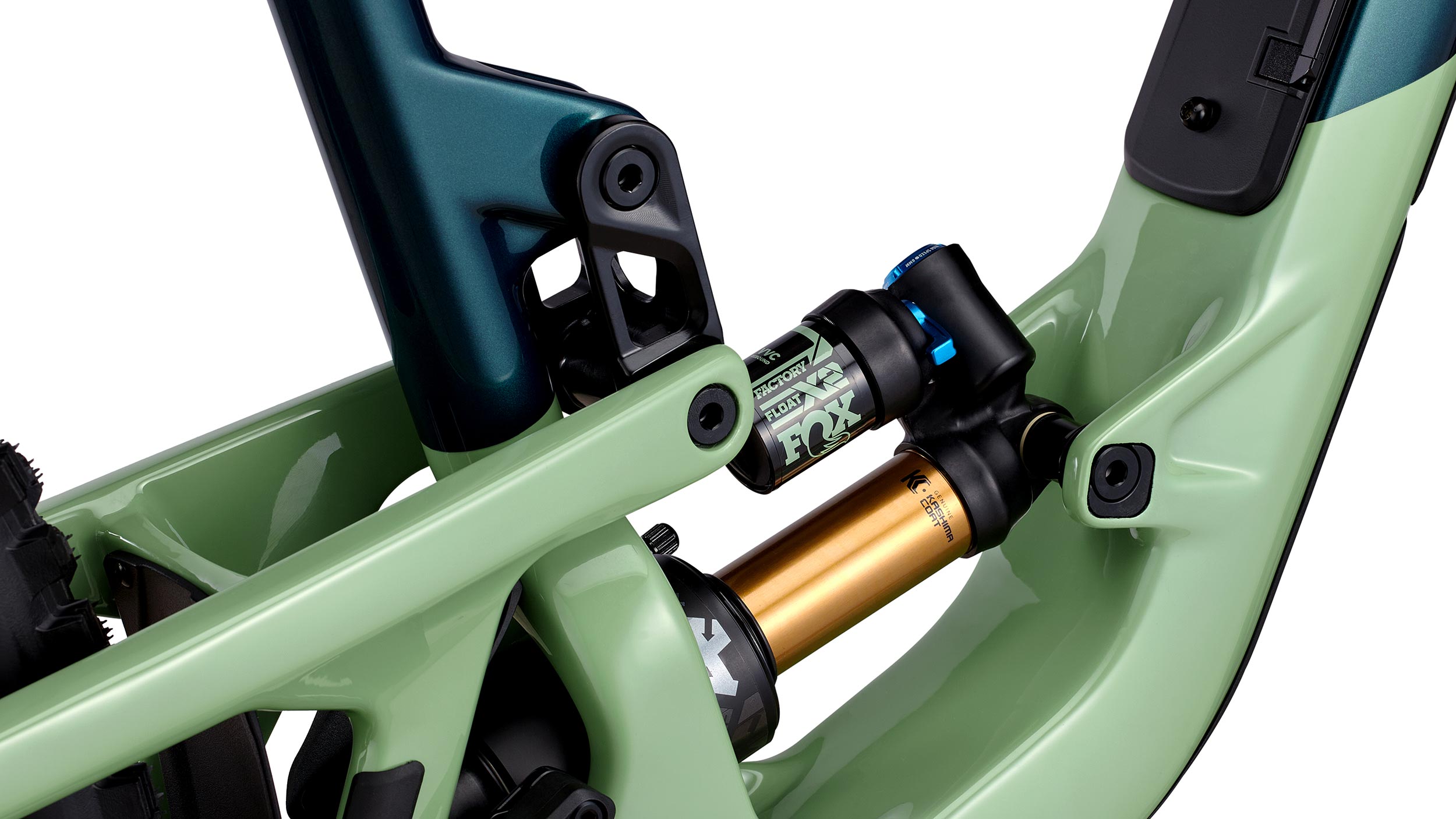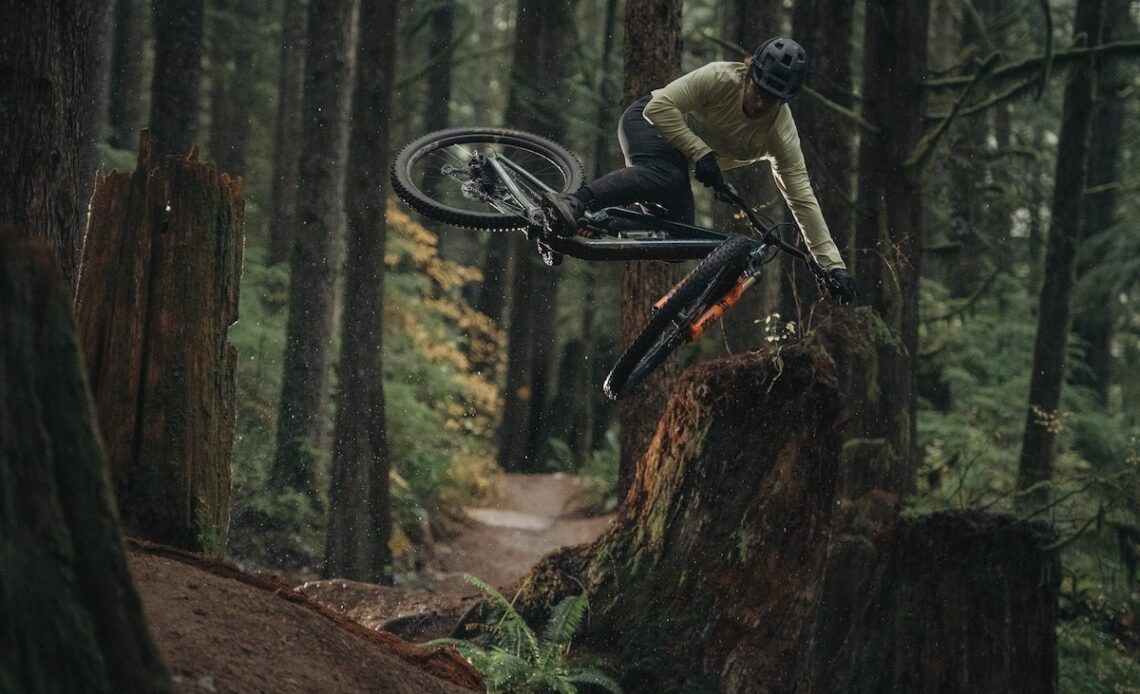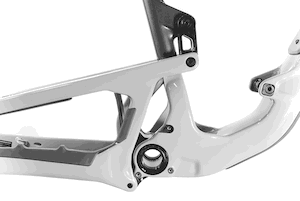It takes a fair amount of courage to take a bike that was so recently the fastest enduro bike in the world and say, effectively, “Nah, we can do better.” And then start all over from scratch. That’s exactly what Rocky Mountain is doing with the new Altitude. While the Instinct was refined, with some important features added, the Altitude is a completely different bike. Same idea, totally new execution.
Well, not totally new. Rocky updates and repurposes its Lc2R suspension platform for the new Altitude.
So, do the big moves pay off? We’ve had just a short time one the new race rig and, honestly, we’re impressed. Read on for all the details on the 2024 Rocky Mountain Altitude and to find out what we think makes this version of the Altitude stand out
2024 Rocky Mountain Altitude
There are a lot of new things happening on the Altitude, beyond just the completely new frame shape. Rocky Mountain adds its in-frame storage, which they call a Penalty Box 2.0. There’s an independent reach adjust headset as well as the brand’s Ride-4 geometry adjustment. And, of course, the return to LC2R suspension.
Some numbers to start, though, are 160mm of rear wheel travel with 170-mm forks. Sizes medium to XL run on 29″ wheels, with the option to run 27.5″ rear wheels via a flip-chip in the linkage. Size small frames run on dual 27.5″ wheels.
Why all the changes? This makes the Altitude a much more race-focused bike. It’s designed to excel at high speeds and on steep, burly trails. Whether you’re racing against the clock or your friends, Altitude aims go get down the trail fast.

LC2R (Low Centre Counter Rotating) makes its return
The heart of the new Alttitude is the LC24 suspension design. This isn’t a new platform for Rocky Mountain. It was used before for the Slayer back in 2006, then the Slayer SS and, later, the Flatline and Flatline World Cup downhill bikes. Bringing it back for the Altitude makes a lot of sense. The old bike was, arguably, a trail bike that gradually was pulled further towards enduro racing. Enduro racing, at the same time, evolved into a more gravity-focused craft (compared to its “big day out” adventure race format where the descent was the only timed part). That makes the LC2R revival well suited to its new purpose.
Click Here to Read the Full Original Article at Canadian Cycling Magazine…


